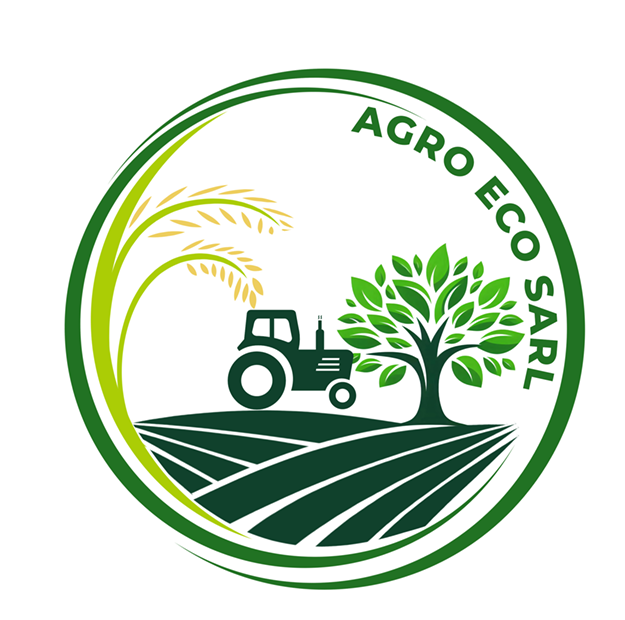The Synergistic Potential of Integrated Pig and Fish Farming
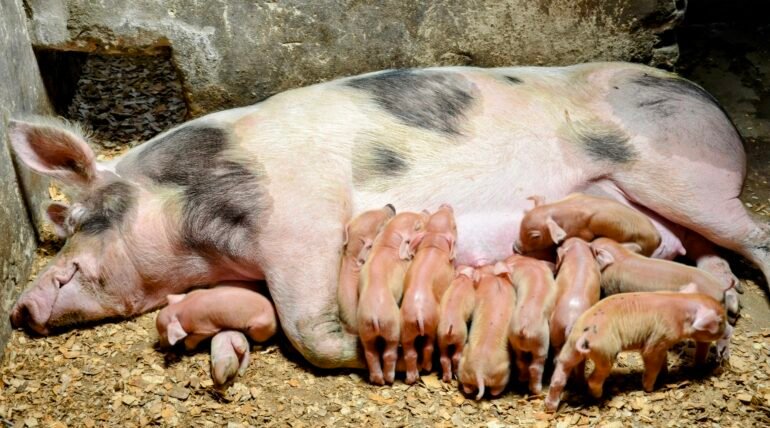
The Synergistic Potential of Integrated Pig and Fish Farming
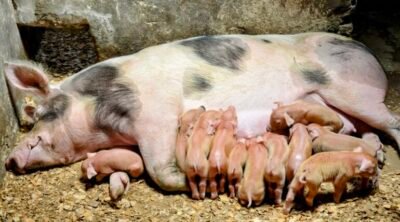
1. Introduction: The Rise of Integrated Farming Systems
Modern agriculture demands innovative solutions to maximize output while minimizing environmental impact. Integrated pig and fish farming, a practice gaining traction worldwide, exemplifies this principle. By combining two complementary production systems, farmers unlock unprecedented efficiency. This model transforms waste into wealth, creating a closed-loop ecosystem that benefits both livestock and aquaculture.
2. Understanding the Pig-Fish Farming Symbiosis
At its core, this integration creates a mutually beneficial relationship. Pigs produce nutrient-rich waste, which, when properly managed, becomes organic fertilizer for fish ponds. The fish, in turn, consume algae and plankton that thrive on these nutrients. This symbiosis reduces feed costs, minimizes pollution, and boosts overall productivity.
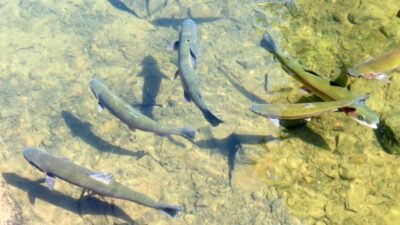
3. Key Benefits of Combining Pig and Fish Production
3.1. Nutrient Recycling and Waste Reduction
Pig manure, often a disposal challenge, becomes a valuable resource. As it decomposes in ponds, it stimulates phytoplankton growth—nature’s fish feed. This process cuts artificial feed requirements by up to 30%, slashing operational costs.
3.2. Cost Efficiency and Increased Profitability
Farmers save on two fronts: reduced feed expenditures and dual income streams. The system’s efficiency can elevate profit margins by 40% compared to standalone operations.
3.3. Enhanced Land and Resource Utilization
This model maximizes land use efficiency. A single acre can support both pig pens and fish ponds, yielding more protein per square meter than conventional methods.
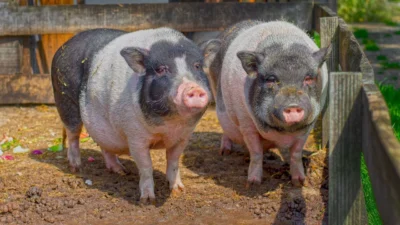
4. Designing an Integrated Pig-Fish Farming System
4.1. Site Selection and Pond Construction
Choose level terrain with good water retention. Earthen ponds (0.5–1 acre) work best, lined with clay to prevent seepage. Slope pig pens toward ponds to facilitate waste flow.
4.2. Pig Housing and Waste Management
Elevated pigsties allow manure to wash into ponds naturally. Install screens to filter solids, ensuring only liquefied waste enters. Maintain a ratio of 20–30 pigs per hectare of water to avoid over-fertilization.
4.3. Fish Species Selection for Optimal Results
Tilapia and catfish are ideal—they thrive on organic matter. Stock 3,000–5,000 fingerlings per hectare, adjusting based on nutrient input.
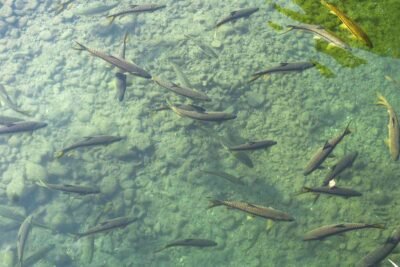
5. The Science Behind the System: How It Works
5.1. Nutrient Flow from Pig Waste to Fish Feed
Manure releases ammonia, which bacteria convert to nitrates. These nitrates fuel algal blooms, the base of the pond’s food web. Fish consume algae and zooplankton, converting waste into edible protein.
5.2. Biological Processes in the Pond Ecosystem
A balanced pond maintains dissolved oxygen above 4 mg/L. Aerators may be needed in densely stocked systems. Regular lime application stabilizes pH, optimizing nutrient uptake.
6. Operational Best Practices
6.1. Feeding Strategies for Both Livestock
Supplement pigs with high-protein feed to enhance manure quality. For fish, add rice bran or vegetable scraps to complement natural food sources.
6.2. Water Quality Management
Monitor ammonia (<0.5 mg/L) and dissolved oxygen daily. Partial water exchanges (10–20% weekly) prevent toxic buildup.
6.3. Health Monitoring and Disease Prevention
Vaccinate pigs against common ailments. For fish, salt baths (3% solution) treat external parasites. Quarantine new stock to prevent outbreaks.
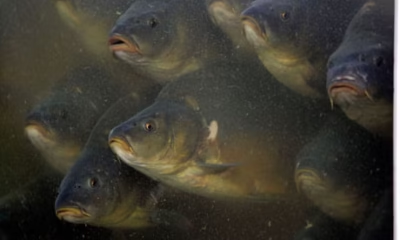
7. Economic Viability and Market Potential
7.1. Dual Income Streams
Pigs reach market weight in 6 months, while fish harvests occur biannually. This staggered production ensures steady cash flow.
7.2. Local and Export Market Opportunities
Demand for pork and fish surges across Africa. Processed products like smoked catfish or pork sausages fetch premium prices in urban markets.
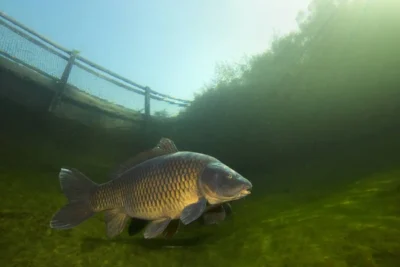
8. Challenges and Mitigation Strategies
8.1. Odor and Environmental Concerns
Biofilters (e.g., vetiver grass around ponds) absorb excess nutrients, curbing odors. Avoid overstocking to maintain ecological balance.
8.2. Balancing Feed Inputs and Fish Stocking Density
Underfeeding starves fish; overfeeding degrades water. Use Secchi disks—a visibility below 30 cm signals excessive nutrients.
9. Success Stories: Case Studies from Africa and Beyond
In Nigeria’s Ogun State, a cooperative increased annual profits by $12,000/hectare after adopting this model. Similarly, Vietnamese farmers reduced feed costs by 50% while doubling yields.
10. Getting Started: First Steps for Prospective Farmers
Begin small: 10 pigs + 0.1-hectare pond. Partner with local agricultural extensions for training. Secure markets before scaling.
